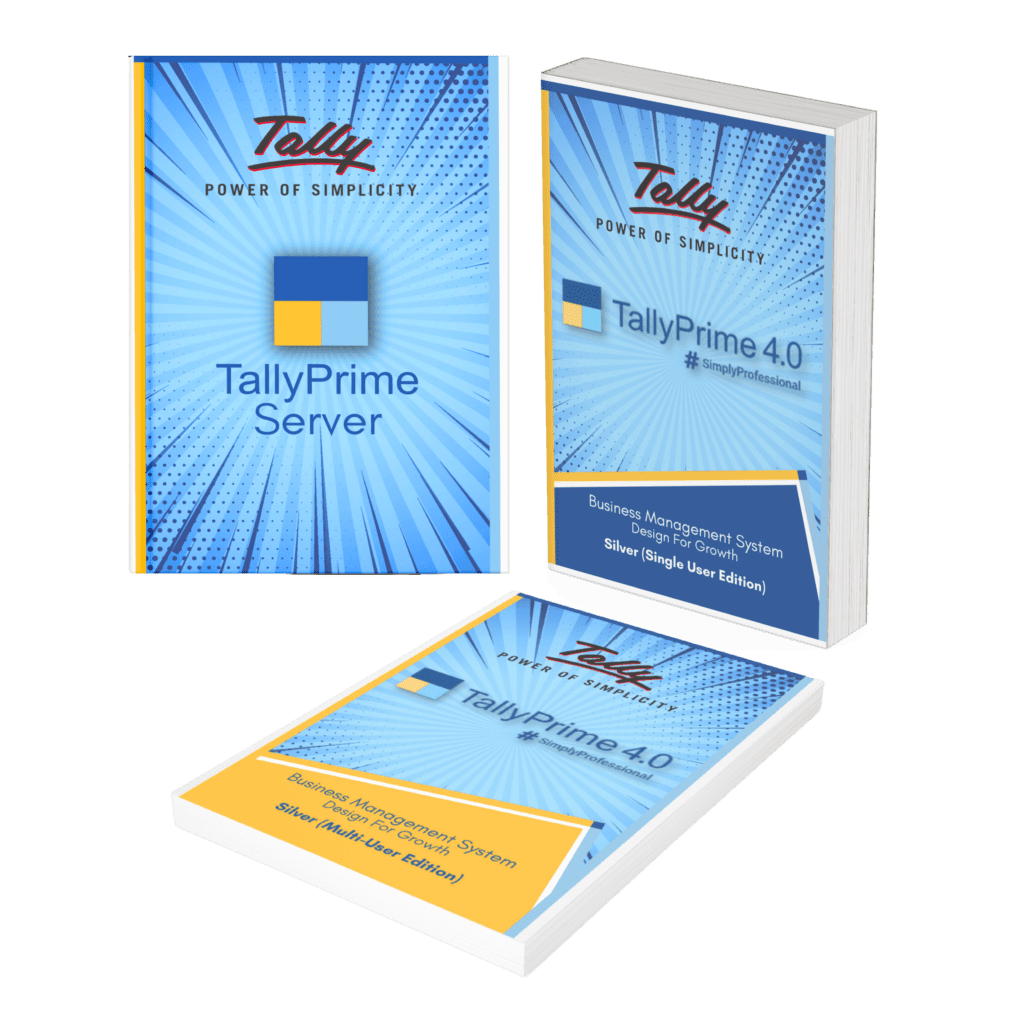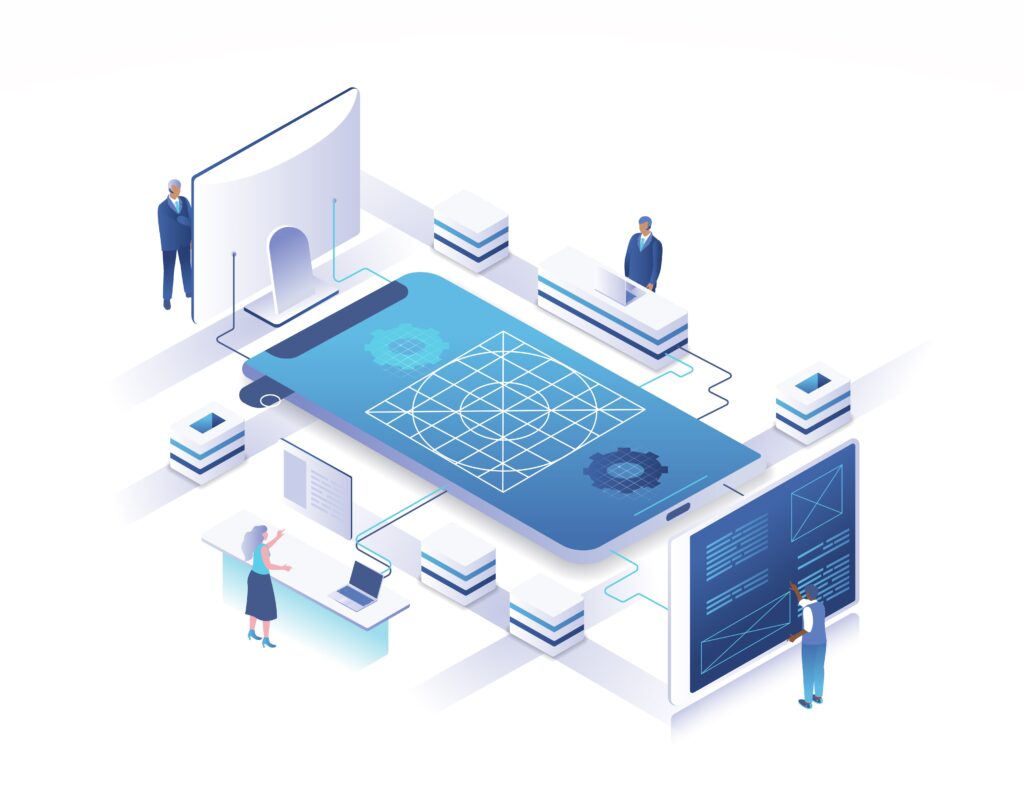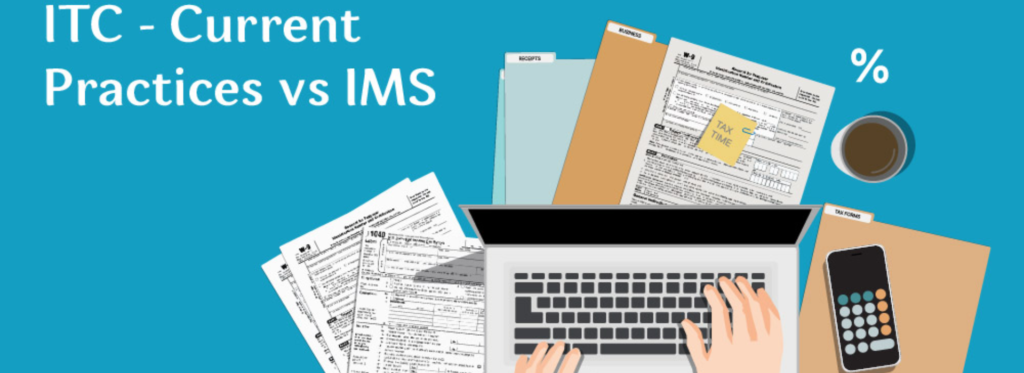Scenario | Current Practice (without IMS) | New practice (with IMS) |
Supplier uploads sales but ITC is ineligible (Ex: Staff welfare expense, Purchase of motor vehicle, food/transport/stationery bills etc.) | As in the case with most purchases, such ITC gets auto-populated from GSTR-2B to GSTR-3B and needs to be reversed. Additionally, in accounting, these expenditures are classified as expenses, meaning that extra adjustment reversal entries are needed for portal purposes. | Reject such invoices in IMS and such invoices will not get auto-populated in GSTR-2B/GSTR-3B. As a result, no reversal entry is needed for return filings.
Note: GSTN recommendation is to still ‘Accept’ such invoice and reverse ITC. |
Receive a purchase in GSTR-2B that does not belong to me (wrongly updated by supplier against my GSTIN) | Such ITC gets auto-populated from GSTR-2B to GSTR-3B. This requires an adjustment entry to reverse auto-populated ITC. | Reject such invoices in IMS, so these will not get auto-populated in GSTR-2B/GSTR-3B. This change will eliminate the need to record amortization reversal entry in the books. |
Capture a purchase in GSTR-2B but it is mismatching from books For example, books has Rs 1000 ITC but the supplier uploaded as Rs 500 tax. | Offline, notify the supplier to amend the invoice for the prior period and re-upload it for subsequent periods. Reverse Balance ITC of 500 and eventually claim it when the supplier amends it to 1000. | Mark the invoice as ‘Pending’ in IMS. These invoices do not auto-populate in 2B/3B and do not require reversal. |
Supplier issues a wrong credit note (Sales return) and reduces his liability | These appear as purchase returns, thus automatically increasing my ITC, so capped loss. | Mark those Credit notes as ‘Rejected’ in IMS, which leads to no risk to ITC. |
Supplier uploaded sales, but purchase not entered in books (goods not yet received). | Such ITC is auto-populated in GSTR-2B to GSTR-3B assuming the entity intends to claim it and no reversal entry is recorded.
At a later time, when purchases are recorded in the books, reclaim the ITC that was previously revoked. | Mark those invoices as ‘Pending’ in IMS. These invoices will not be fetched in 2B/3B and no need to reverse.
Thereafter endorse the claim when the supplier makes the necessary changes. |


 Tally on Cloud simplifies accounting, accessible anytime and anywhere, enhancing flexibility and convenience for users.Choose a secure backup solution with strong encryption, flexibility in scheduling, and easy data restoration.
Tally on Cloud simplifies accounting, accessible anytime and anywhere, enhancing flexibility and convenience for users.Choose a secure backup solution with strong encryption, flexibility in scheduling, and easy data restoration.



